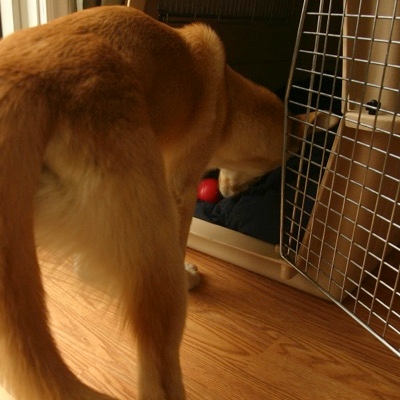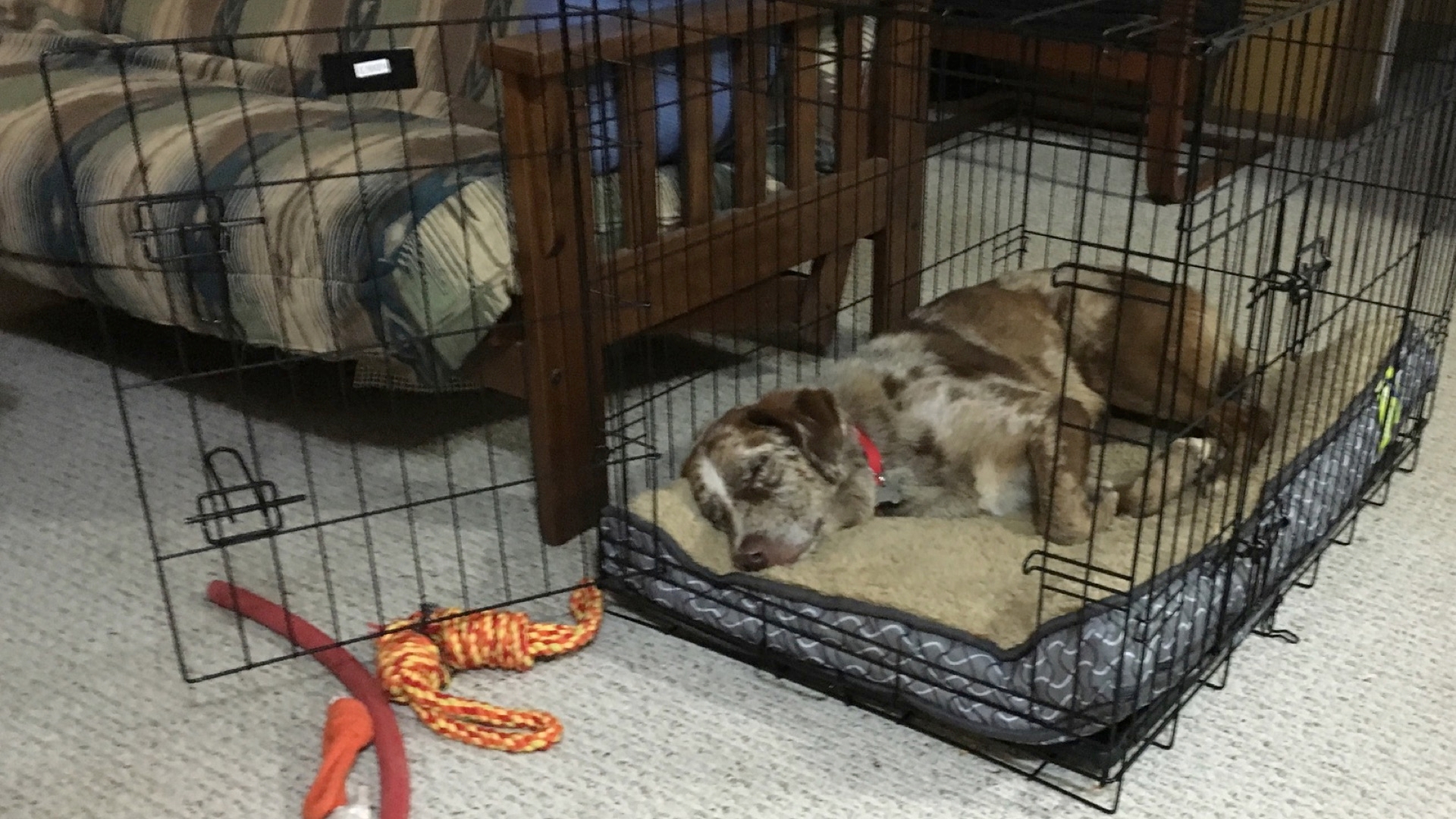Selecting The Right Crate For Your Dog:
Summary:
There are several varieties of crates available. It can be daunting to figure out the size and style to pick for your dog. The most common crate varieties are wire crates, plastic crates, and fabric crates.


There are several varieties of crates available. It can be daunting to figure out the size and style to pick for your dog. The most common crate varieties are wire crates, plastic crates, and fabric crates.
Fabric crates are great for small dogs to travel in, sporting events, or camping. The benefits of a fabric crate are that it is lightweight and folds flat for easy storage and travel. With a fabric crate, your dog must be well-trained. Since fabric crates are not secure, they are not recommended for long-term confinement without supervision.
A plastic or wire crate is probably the best bet for a pet's home crate. I favor wire crates, as they fold flat for storage and are more economical to purchase. Plastic crates are sturdier and often feel more secure for your dog, as the walls are mostly solid. However, very sturdy metal crates can be purchased, and you can always cover a wire crate with a blanket if your dog needs more privacy. A plastic crate or a rugged (not collapsible) metal crate would be best for an escape artist. Both plastic and metal crates can be fortified using strategically placed zip ties. If you are looking for a crate that matches your decor, fashionable dog crate furniture combos that double as end tables are available!
Selecting the right size crate can be confusing. Some people are inclined to choose a large-sized crate to give the dog lots of room. If you pick a crate that is too large, your dog may use a portion of the crate as a toilet. Pick a crate that is just large enough for your dog to stand up, turn around, and lay down comfortably, at least until the dog is house-trained. Most wire crates come with a divider to block off a portion of the crate to make it smaller. Place a box in the back half of the crate with a plastic crate to make the space smaller. With these adjustment tricks, you do not have to buy multiple crates as your puppy grows. When your dog is toilet trained but not mature enough to be left loose in the house, feel free to go with a larger crate, so the dog has room to stretch out.
I recommend placing the crate in an area of the house where both you and the dog can access it easily. The crate should be close enough to be handy but out of the way enough that it will not be tripped over constantly. I usually place a crate beside my bed; it helps teach puppies to sleep in the crate if you are beside them and they don't feel so alone. I place another crate in a corner of my living room.


